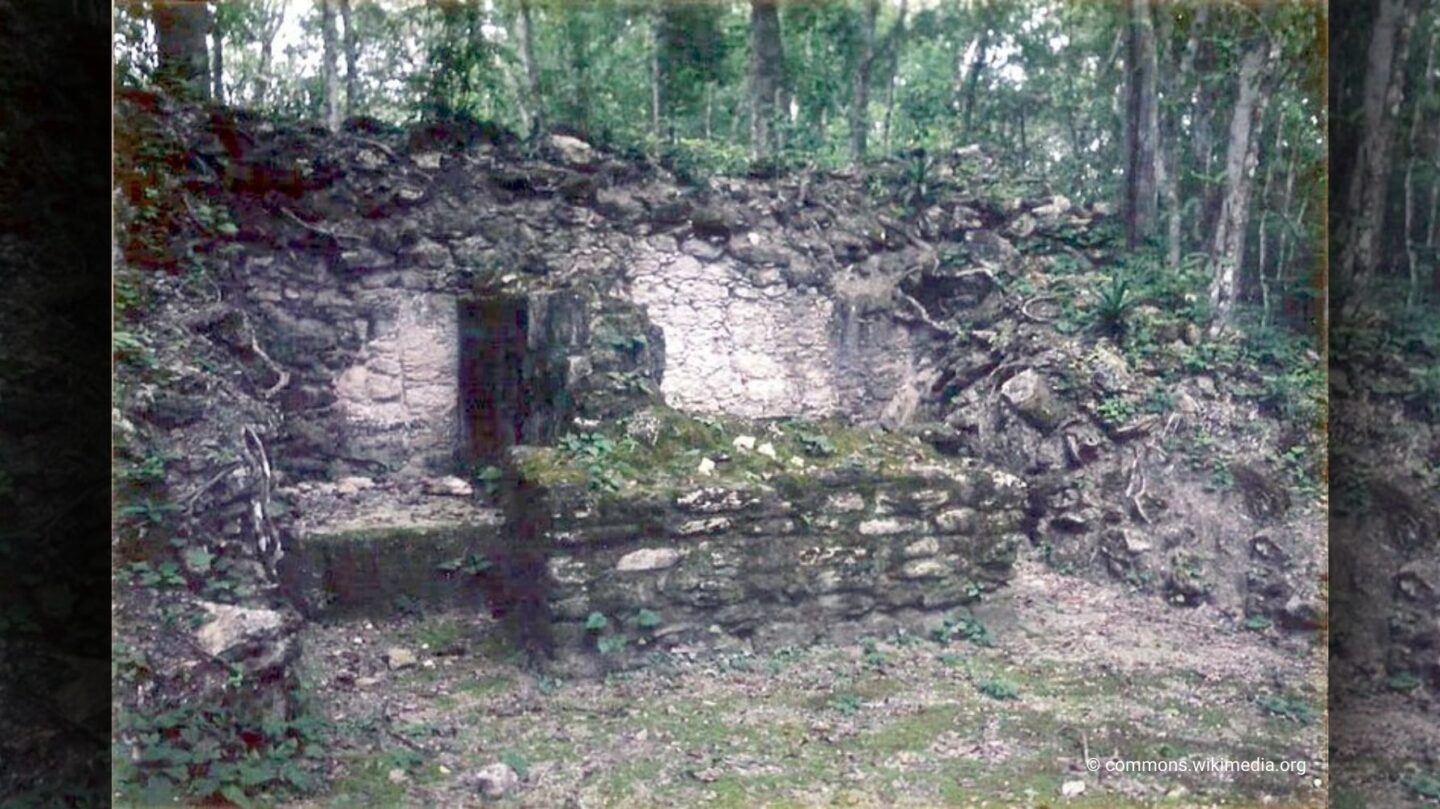A Glimpse into the Ancient Mayan Civilization
The Maya civilization, known for its advanced knowledge in astronomy, architecture, and writing, flourished for thousands of years across Central America. Among its many achievements are the grand cities that served as cultural and political hubs. One of the oldest and most remarkable of these cities is Nakbé, a site that predates many of the well-known Mayan ruins and offers a unique glimpse into the early stages of Mayan civilization.
Located in the Petén region of Guatemala, Nakbé is considered one of the earliest major Mayan cities, dating back to around 1000 BCE. Its ancient structures, ceremonial plazas, and sophisticated urban planning reveal the ingenuity and organization of the Mayan people.
The Early Foundations of Nakbé
Nakbé holds a special place in history as one of the first Mayan cities to feature monumental architecture. Archaeological evidence suggests that it served as a key cultural and ceremonial center during the Preclassic Period (2000 BCE – 250 CE). The city’s layout reflects a sophisticated understanding of urban planning, with causeways, platforms, and pyramids that set the stage for later Mayan cities like Tikal and Calakmul.
One of the most fascinating aspects of Nakbé is its massive stone constructions. The city is home to large platforms and pyramids, some of which rise up to 18 meters (60 feet) high. These structures were likely used for religious ceremonies, emphasizing the spiritual importance of the city to the early Maya.
Ceremonial and Political Significance
Nakbé was not just an architectural marvel; it was also a significant ceremonial and political hub. The city’s central plazas were likely used for public gatherings, rituals, and trade. The presence of elaborate carvings and stelae suggests that Nakbé played a role in shaping the cultural and religious practices of the Maya.
Additionally, Nakbé’s strategic location made it a critical link in the network of Mayan cities. It served as a center for commerce and communication, connecting smaller settlements to larger urban centers. This role solidified its importance in the development of the broader Mayan civilization.
Art and Symbolism in Nakbé
One of the most striking features of Nakbé is its intricate artwork and symbolism. Archaeologists have discovered detailed carvings and stucco masks that depict deities, rulers, and mythological themes. These artistic elements provide insight into the spiritual beliefs and societal structure of the early Maya.
The use of symbols, such as the jaguar and serpent, underscores the city’s connection to Mayan cosmology. These motifs were central to Mayan art and culture, representing power, fertility, and the relationship between humans and the divine.
Nakbé’s Legacy and Rediscovery
Despite its historical significance, Nakbé remained hidden beneath dense jungle vegetation for centuries. It wasn’t until the 20th century that archaeologists began to uncover its secrets. Modern excavations have revealed not only the grandeur of its architecture but also its role as a pioneer in Mayan urban development.
Today, Nakbé stands as a testament to the ingenuity and resilience of the Maya civilization. While it may not be as well-known as Tikal or Chichen Itza, its historical importance cannot be overstated. Nakbé paved the way for the flourishing of Mayan culture, influencing the design and organization of later cities.
Preserving a Piece of History
Efforts are ongoing to preserve Nakbé and other early Mayan sites, as they provide invaluable insights into the origins of one of the world’s most fascinating civilizations. These ancient cities remind us of the ingenuity of the Maya and their ability to build complex societies that thrived for millennia.
A Window to the Past
Nakbé’s legacy endures as one of the oldest and most significant Mayan cities in Central America. Its monumental architecture, artistic achievements, and cultural influence highlight the brilliance of the early Maya. Visiting Nakbé is not just a journey through history—it’s a chance to connect with the roots of one of humanity’s greatest civilizations.
